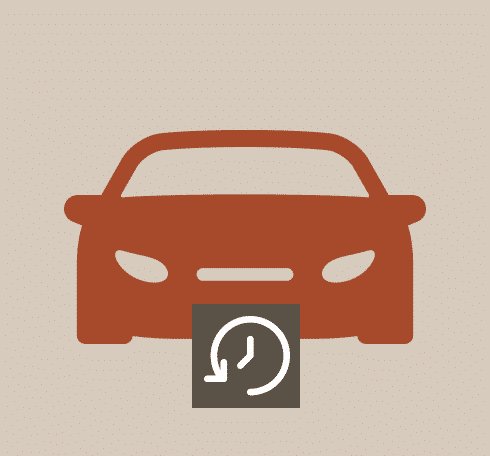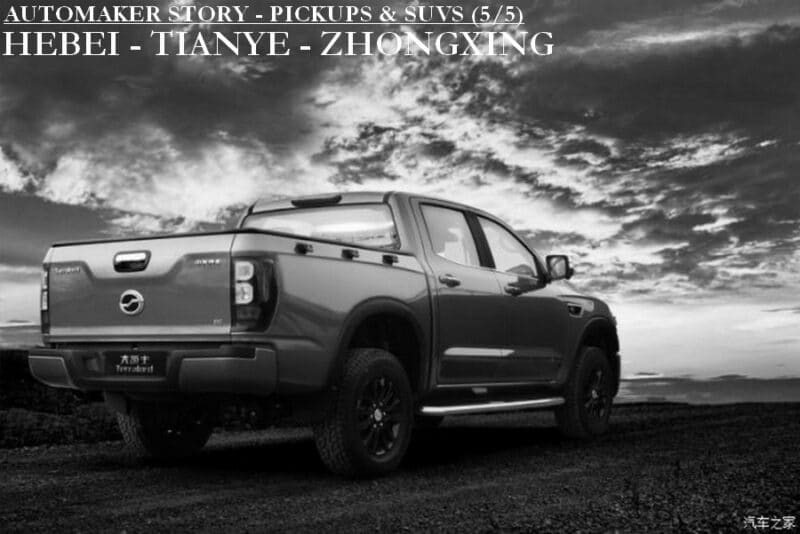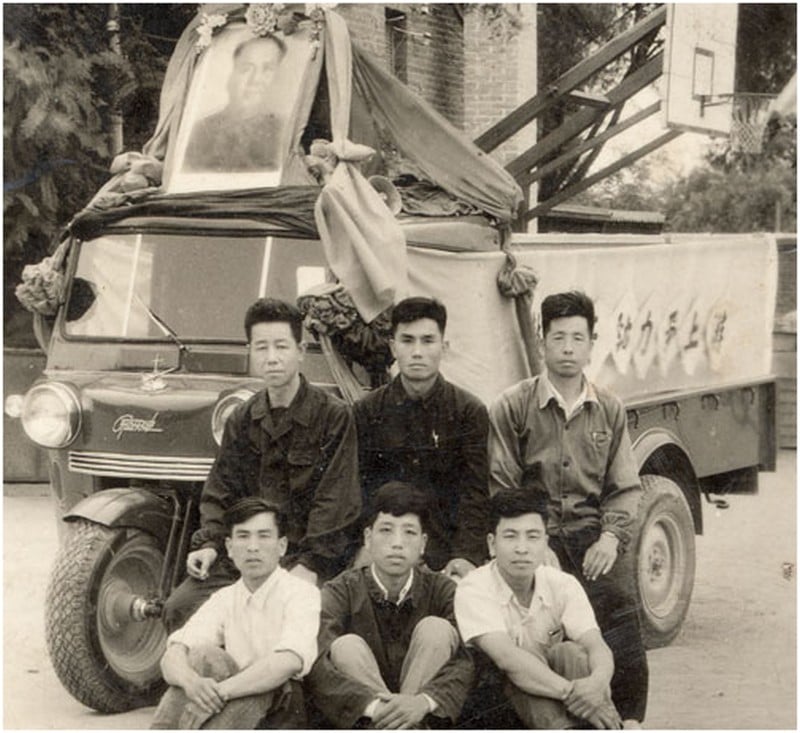The Big Read – Pickups & SUVs (5/5) – ZX Auto, the Tiger brand
When you think of Chinese pickup trucks, you think of Baoding, a city just south of the capitol Beijing. That’s mainly thanks to Great Wall Motors, China’s undisputed number one pickup maker. But at one stage Baoding was the home of several manufacturers, like Tianma, Dadi, and Zhongxing. Tianma and Dadi are not in business anymore, but Zhongxing still is. And it happens to be the very first Chinese pickup manufacturer as well.
Another military off-shoot
The story of Zhongxing starts as so many small car manufacturers do, as a military workshop. This time it belongs to the Jizhong Military Region, a chapter of the People’s Liberation Army, stationed in Hebei province. And once again we can’t escape Isuzu, as Jizhong’s workshop finds shelter in the former Isuzu factory in Baoding, a leftover from the Japanese occupation. The workshop is named Baoding Automobile Repair Factory and its main task is to keep the many Isuzu trucks in the region, now confiscated and used by the PLA, on the road. Baoding Auto opens its doors in 1949.
Inspired by the rhetoric of the Great Leap Forward, Baoding Auto plans a major overhaul of the factory in 1958. It’s part of a bigger plan to become a car manufacturer. To achieve these goals, the factory creates a leading committee, called Universal Automobile Manufacturing Plant Preparatory Office, that attracts talented students and engineers and leads the development of automotive products. The first results follow the same year, a three-wheeled vehicle, based on a Japanese design (probably Daihatsu), but equipped with a self-designed engine and gearbox.
At the same time, the ‘Preparatory Office’ also develops a four-wheeled truck, mainly aimed at supporting the agricultural sector. However, the Great Leap Forward goes as quickly as it came, when food shortages and famine cripple the country. The three-wheeler is made in very small quantities, but there’s no record of the truck reaching the production stage. Anyway, due to the difficult economic situation, car production is abandoned, for the time being, the Preparatory Office is dismantled and Baoding Auto returns to being a repair shop again.
Fortunately, some of the factory upgrades were realized, so the goal of entire car assembly remains alive. And it doesn’t take long, in 1966, when the Cultural Revolution begins, that Baoding Auto takes the plunge. Through the local Revolutionary Committee, Baoding Auto gets access to one of China’s most proliferated models, the Beijing BJ130 light truck. Baoding Auto sells the truck from 1970 onwards as the Hebei 130. Four years later it leads to a name change for the company, now becoming Baoding Automobile Manufacturing Company.
The first pickup
These are troubled times for China and Baoding Auto copes with limited resources. Throughout a decade production capacity increases to about 1000 vehicles per year, so it’s a small factory. In 1983 owner PLA turns over the factory to the local authorities, complying with the new economic realities. And despite its small size, ambitions aren’t lacking. Baoding Auto becomes part of the Hebei-Beijing-Tianjin Automobile joint venture, a similar group of loosely connected companies as we saw earlier with FAW and Dongfeng in response to the greater economic freedom.
It enables the small company to develop its first two self-designed models, an SUV, and a pickup. Both cars use the chassis of the BJ212 jeep, but have a body that seems inspired by Toyota off-roaders. These cars are introduced as BQ123/130 and BQ523 in 1986, and renamed BQ1030 and BQ6470 when the Ministry of Transport changes the numbering system. The BQ123 is considered the first Chinese-built pickup with a body designed entirely in China.
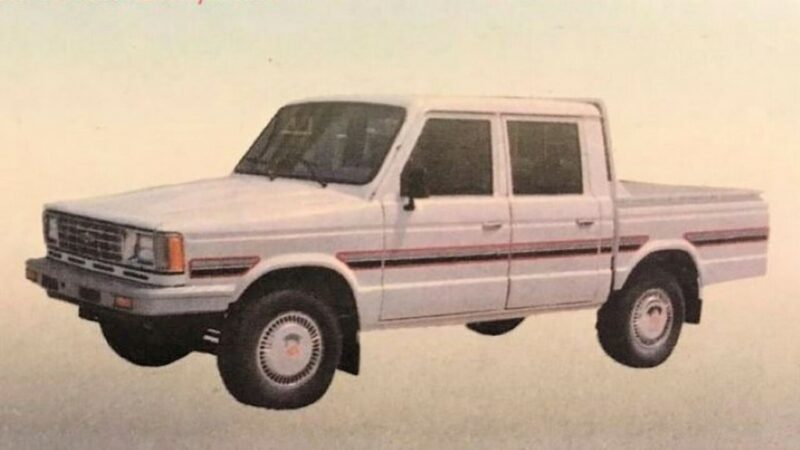

Suddenly the 1000 car capacity isn’t enough anymore and so in 1991 Baoding Auto starts the construction of a new factory with 50 times the output. The company selects the site of a former brick factory as the new location and gets its hand on the drawing (legally) of the Jinbei factory in Shenyang, saving a lot of development costs. Production lines are brought in from the United States, three lines from abandoned GM factories. Baoding Auto invests a total of RMB 240 million in the new site.
The new factory becomes known as Hebei Zhongxing Automobile Manufacturing and it’s a joint venture between Baoding Auto and Baomin Company, a large steel manufacturer. Also, the new generation cars to be launched, will use the Tianye brand instead of Hebei. Although sales are doing well and Baoding Auto still makes a profit, the financial burden of building the new factory is also the start of a long period of ownership changes.
Fifteen years of turmoil, the 1990s
As said, the first Hebei cars have some slight similarities to Toyota models. When Baoding Auto starts the development of a successor, they aim for a technically advanced model, capable of taking on international competition. They highlight the Toyota Hilux as the benchmark. In fact, executives of the company contact the Japanese giant in the hopes of establishing a technical partnership and introducing the Hilux as a domestic model (at the time, it was only available as an import). Talks between Baoding Auto and Toyota end in a stalemate. Baoding wants to brand the cars Tianye, but Toyota insists on their own logo.
That means, no joint venture. But it’s not the end of the story. In typical China 1990’s style, Baoding Auto turns to a Taiwanese mold maker and orders a set of imitation molds. So when the Tianye BQ1020 arrives in late 1994, it’s hardy distinguishable from the real Hilux. Not much later, the company also releases a SUV that looks remarkably like a Landcruiser and a van that uses the Toyota LiteAce (copied) body, albeit on a BJ212 chassis. Toyota executives visit the Baoding factory and propose a joint venture and real Toyota molds and production line, to improve the quality of the cars. The talks break down over the same branding issue as before.
Meanwhile, Baomin Steel has pulled out of Zhongxing and its shares were owned for a short period by the Canadian Belcara company. In 1996, the Canadians also disappear and the local government buys back all the shares. To streamline its ownership portfolio, the local government creates the Tianye Automobile Group. Under this banner, it brings together the old Baoding Auto factory, the new Hebei Zhongxing factory, and 22 other factories, usually in the parts-making business. All of a sudden Tianye is a moderately large company with many employees and many financial obligations.
The local politicians have no interest in running the show themselves or bearing responsibility for all the financial risk. So they start looking for a partner. For a while, SAIC Motor seems to be a possible partner, but the Shanghai company ultimately chooses Jiangsu Yizheng over Tianye. Now Jiangsu starts looking abroad. It negotiates joint venture agreements with Subaru first and Fiat later, but both fail to get government approval. And then BMW appears, owner of Jaguar Land Rover. The two companies hit it off and a joint venture deal for the production of the Land Rover Freelander does get government approval.
Yang Rong part 1
Meanwhile, we have arrived in 1999, and Tianye’s star is quickly fading. Another Baoding company called Great Wall entered the pickup market and offers better cars for lower prices. The local government wants both companies to merge, but the Tianye directors refuse to work with a privately owned startup from the poor end of town. And then Yang Rong walks through the door, the high-profile owner of Brilliance Group. That’s more to the liking of Tianye directors and a deal is done very quickly. In October 1999, Brilliance acquires 60% of Zhongxing, while Tianye retains the other 40%. The car brand will become Zhongxing (or ZX Auto in English) instead of Tianye. The Tianye directors don’t realize, they just brought in a Trojan Horse.
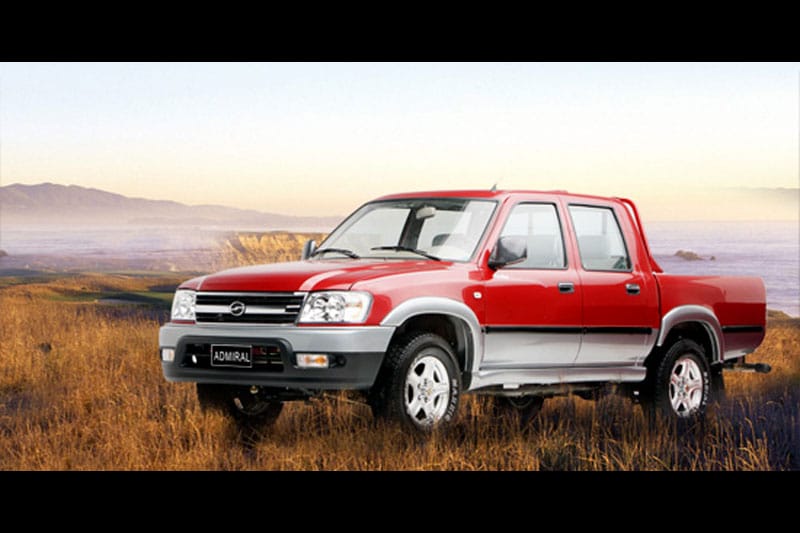
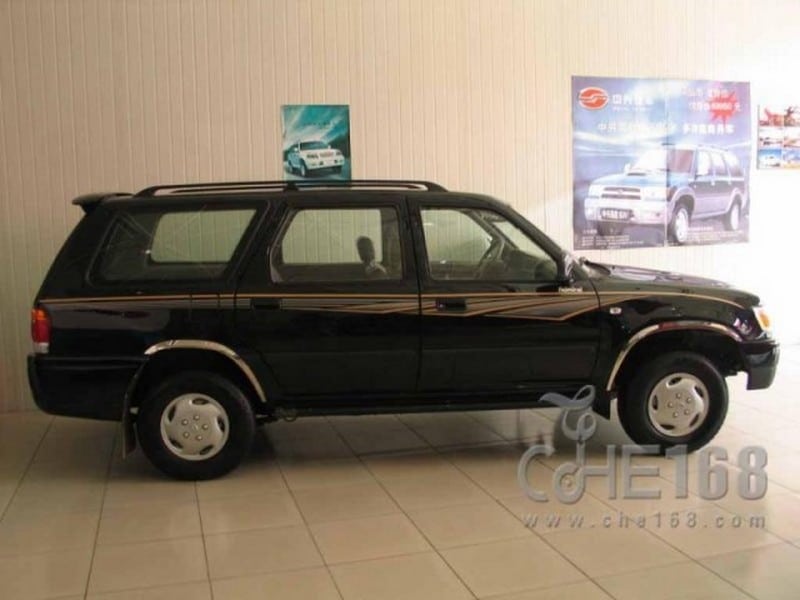
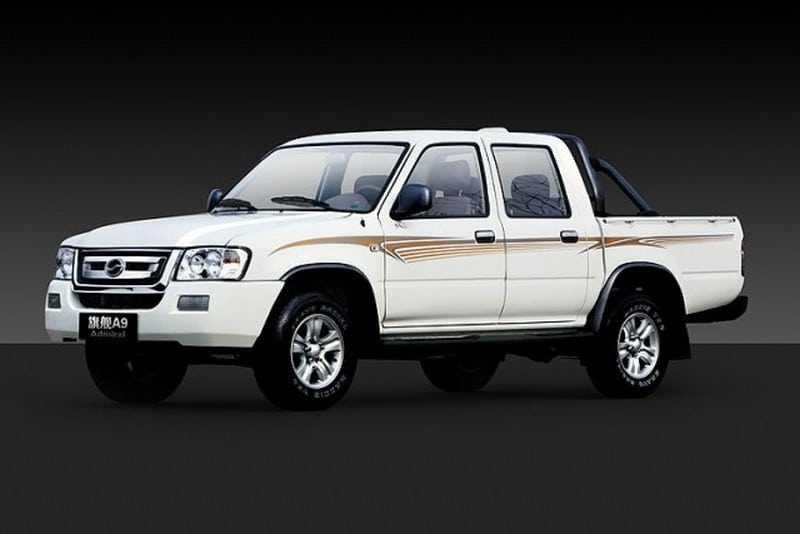
Yang Rong’s interest is not the production capacity of Tianye, but its deal with BMW. Quickly after taking control, Yang changes the proposed ownership ratio of the yet-to-be-established joint venture to 49% BMW, 26% Brilliance, and 25% Zhongxing. Then he starts negotiating with the Germans and smoothly changes the plans from a single Land Rover model to a full-blown joint venture with BMW itself. All the while, Zhongxing is in a state of semi-suspension.
In 2002 Yang Rong has his famous fallout with the political leadership, Brilliance is wrestled from his control, and Yang has to exile to the United States to prevent being arrested. Brilliance is then nationalized and the new leadership has no interest in Zhongxing. They sell the shares to industrial enterprise Ningbo Huaxing Group, but take the 25% equity Zhongxing owned in the BMW joint venture.
Fifteen years of turmoil, the 2000s
Hauxing Group also owns Fuqi Automobile, another small pickup manufacturer. Their intention is to merge both companies, benefit from economies of scale and grow just as large as Great Wall. But the merger plan encounters opposition from all sides and in 2005 Huanxing Group gives up. They sell Fuqi to Jiangling Motors (JMC) and Zhongxing to a Taiwan company. Tianye becomes the majority owner again (67%) and Taiwan United Leading Company gets the rest. By the way, I can’t find anything about this Taiwanese company, so if anyone knows more…
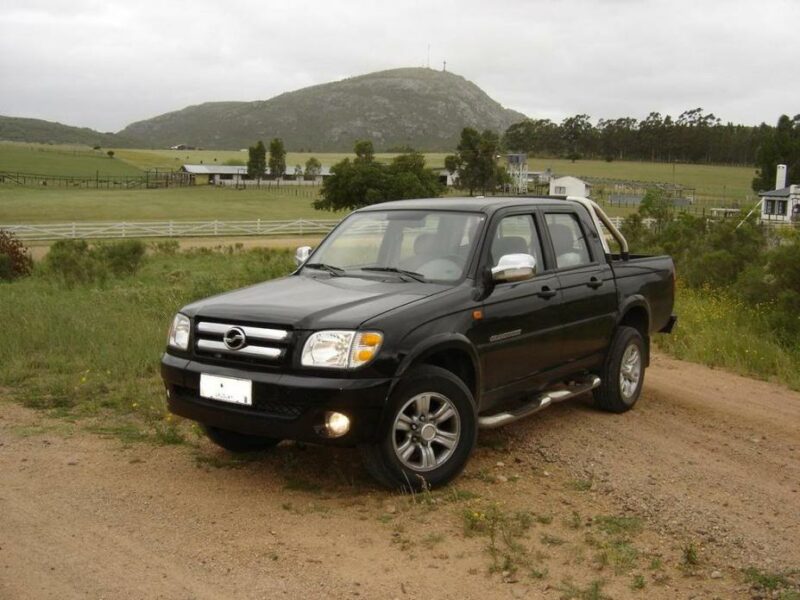
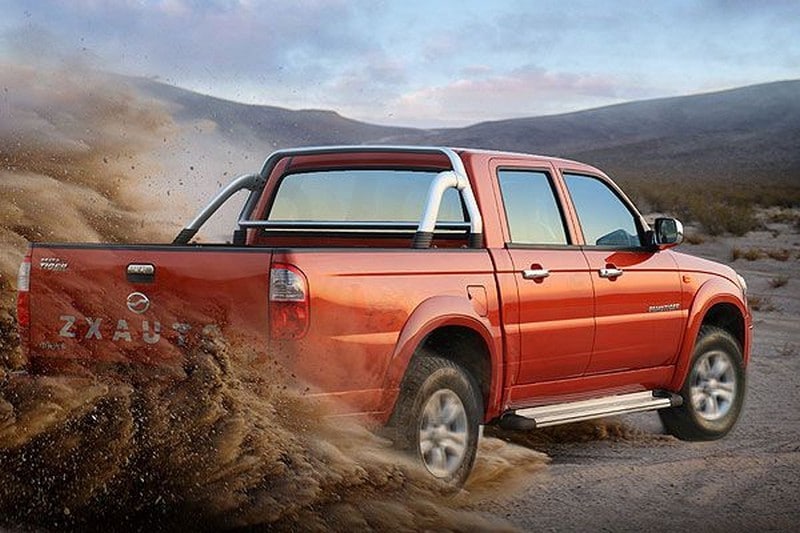


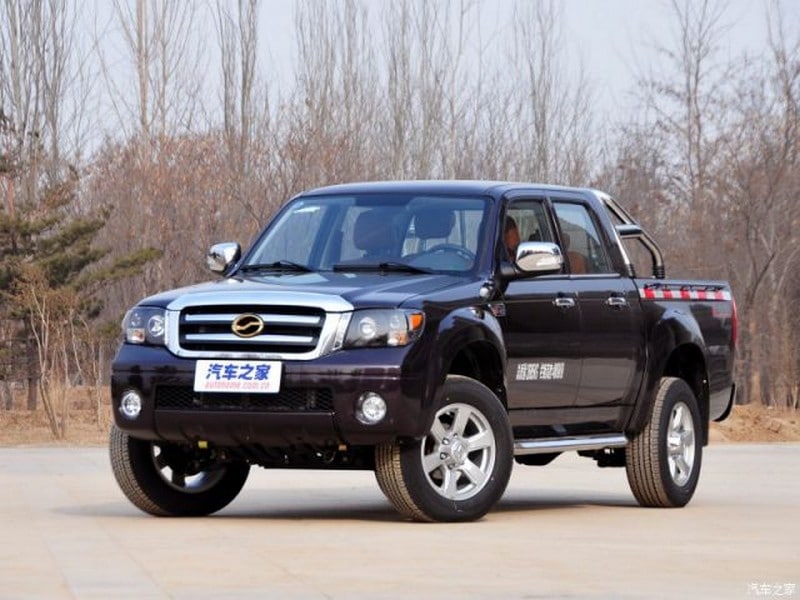

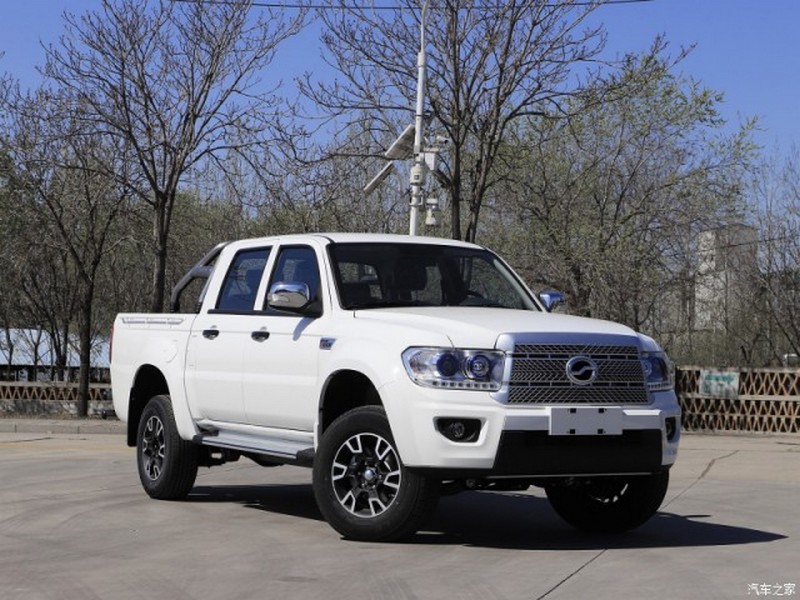
It’s also the time Zhongxing tries to pick itself up. The Toyota clones, now sold as Qijian pickup and SUV, are becoming pretty outdated. New cars are needed. Zhongxing launches three new models in late 2006, and early 2007. Two pickups and an SUV. The first pickup is the Weihu, or Grand Tiger, a modern car by all means. The Grand Tiger is designed and engineered completely in-house and, thanks to numerous upgrades, survives until today. Zhongxing also exports the car at some scale and has local assembly based on CKD kits in Africa, the Middle East, Eastern Europe, and South America. The Landmark (Wuxian) is the SUV version of this truck. The second pickup is an odd one. The Changling is built in a new factory in Changchun, a joint venture with motorcycle manufacturer Changling, and based on a generic design by the King Long bus company.
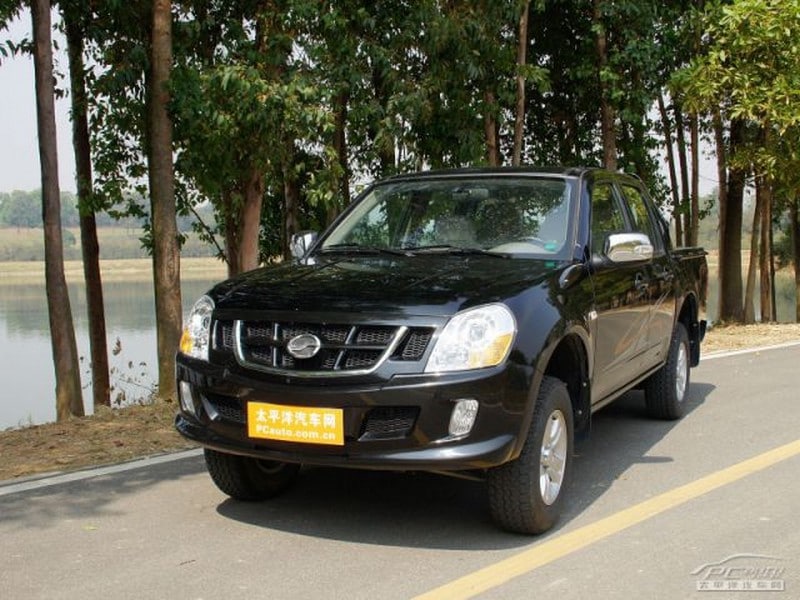

While the Weihu is well-received by the market, Zhongxing’s troubles are far from over. There’s still a shortage of money and also other companies within the Tianye Group are loss-making. It means the local government sees no other option than entering the group in bankruptcy proceedings, starting in June of 2007. A year later, in October, Tianye Group is finally declared bankrupt and will be liquidated. This allows the Zhongxing subsidiary to make a fresh start.

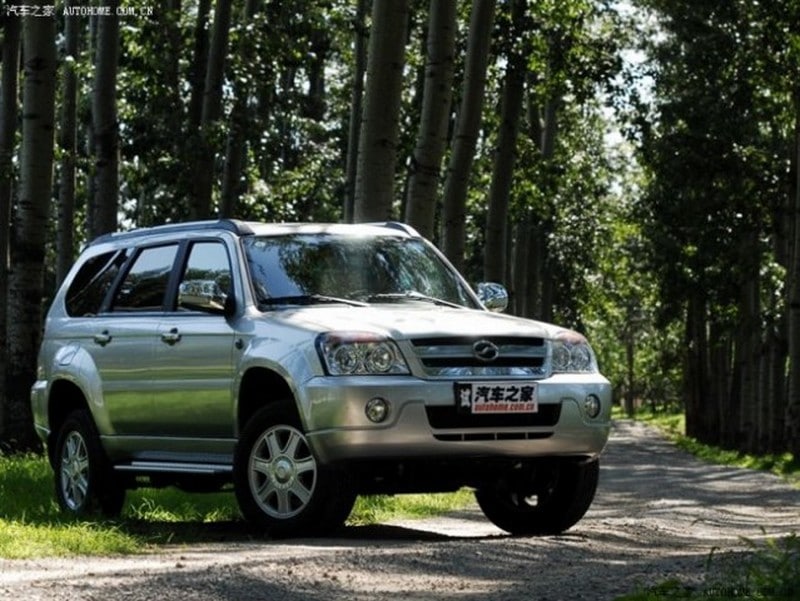

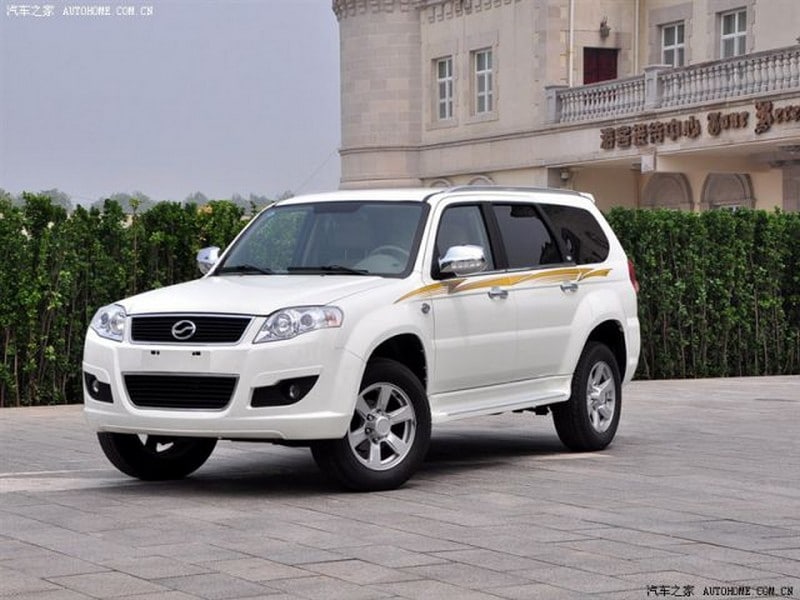
One thing Yang Rong did in his short period as owner, was bringing some talented managers. Xiao Wei was the general manager of Brilliance Jinbei Vehicle Manufacturer before Yang sent him to Baoding. Wei stayed on as director after Brilliance pulled out and continued to lead the company through the difficult times. During the bankruptcy proceedings, he acquired one of the Tianye companies, called Hebei Zhongxing Tianye Bus Factory, and used it as a vehicle to acquire 53% of Hebei Zhongxing Automobile. The Taiwan company invested 33%, with two Shenzhen investment funds coughing up the rest. This way Zhongxing became a privately owned, debt-free car manufacturer.
Out of the storm, into the fire
For a short while, Xiao does what you’d expect him to do. In much calmer waters he can focus on making the Grand Tiger a successful product. Zhongxing adds more versions, like the more luxury Tiger G3 or the off-road-oriented Tiger TUV. The brand’s reputation gets an unexpected boost when in the Libyan Civil War both sides attacked each other using Zhongxing pickups. The brand exported over 10.000 trucks to the North African country and they are employed for the war effort. It used to be Toyota Hilux territory, but a Chinese pickup performing in these difficult circumstances created a brand image of toughness in the home market.
But soon enough, Zhongxing returned to the path of high-risk growth. This time the company wants to break into the passenger car market and begins construction of a new factory in Yichang, Hubei province. It also starts the development of a compact crossover. With no experience at all in the field of passenger cars and always need for more money, the Yichang project is turned into a joint venture before the factory is finished. Partner in this joint venture is Guangzhou Auto (GAC), the slayer of small car manufacturers. We’ve already encountered the company last week with Changfeng Liebao and Zhongxing’s fortunes with GAC are not much better.
In 2013 Zhongxing shows two passenger cars. The crossover is presented as Urban Ark (C3) alongside a familiar face. The Zhongxing Fangzhou (Ark) is the Volvo-copy sedan we got to know last week as Changfeng Acumen. The Urban Ark goes into production, but the Fangzhou does not. Not even after Zhongxing shows an updated version a year later. In early 2016 GAC Zhongxing announces a new brand called Lanbao (Runpard), which in no way reminds us of Liebao/Leopaard. The cars on display are yet another Fangzhou update and a modern-looking compact SUV on the same platform. A month later GAC issues a statement in which it denies any involvement with Runpard. It seems the brand was just made up to lure investors.
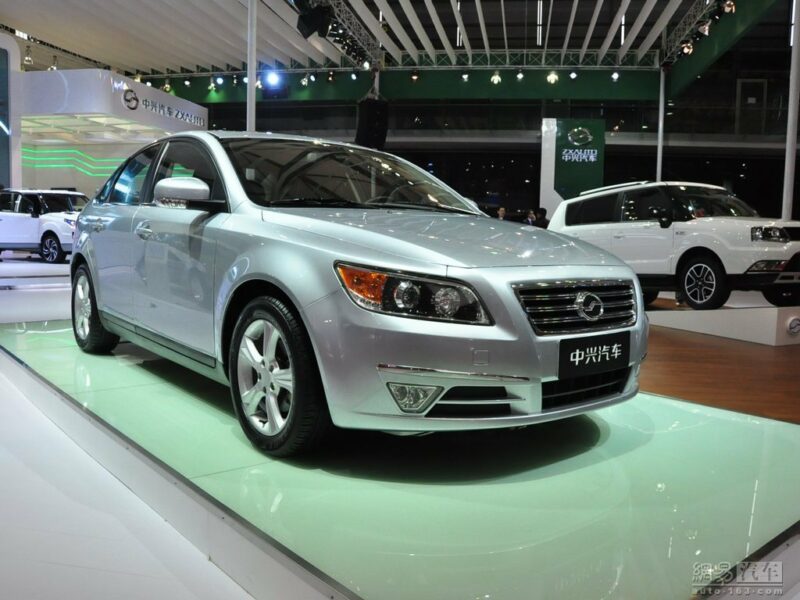

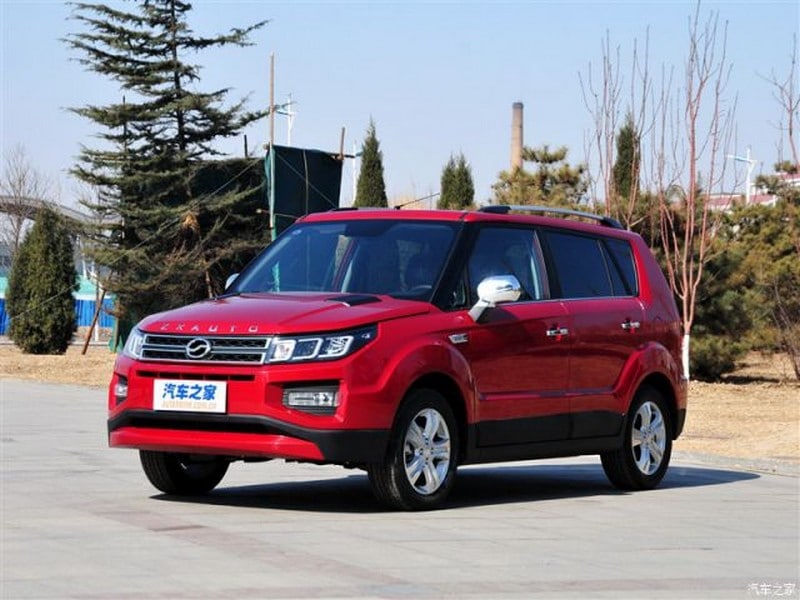
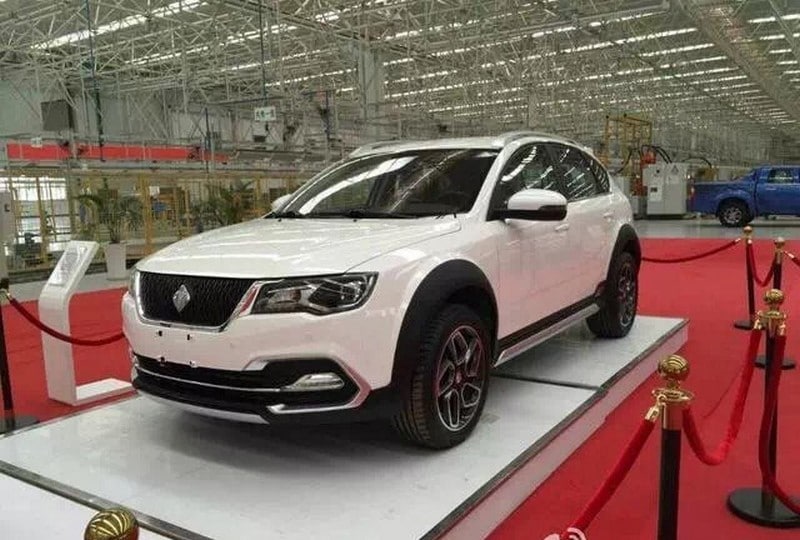
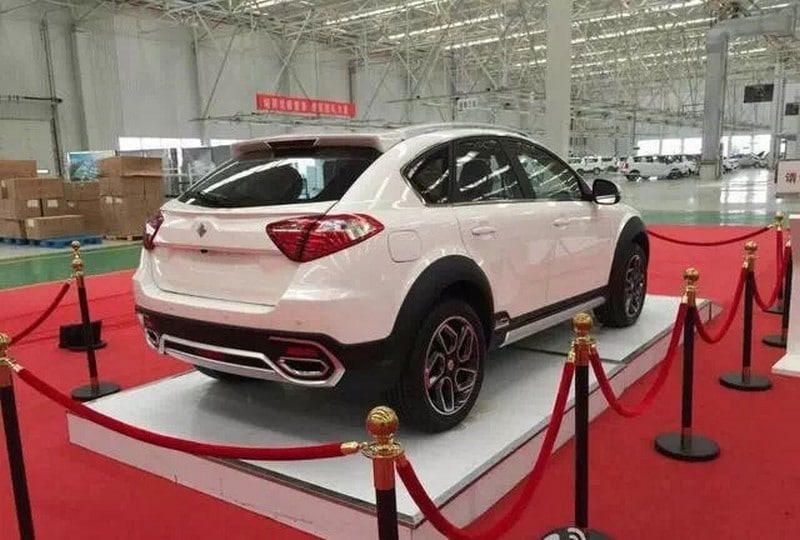
This slightly confusing episode spells the end for the GAC Zhongxing joint venture. The Urban Ark sells in only small numbers, too little to make the factory sustainable. And so this adventure ends the same way as the other GAC joint ventures with small manufacturers: GAC takes full control of the factory and pushes its partner out.
Fortunately, this time the risky investment doesn’t turn Zhonging deep into debt. The Grand Tiger pickup is good business and in Baoding development has not halted. In 2015 Zhongxing replaces the Changling pickup with a new entry model, called Xiaolaohu (Little Tiger). And a year later Zhongxing starts a whole new lifestyle trend with the introduction of the Lingzhu (Terralord). This is an up-market pickup, geared towards the hardcore off-road enthusiast. If you followed this website the last year, you must have noticed this kind of pickups are a real hype at the moment. The Terralord kicked it off.

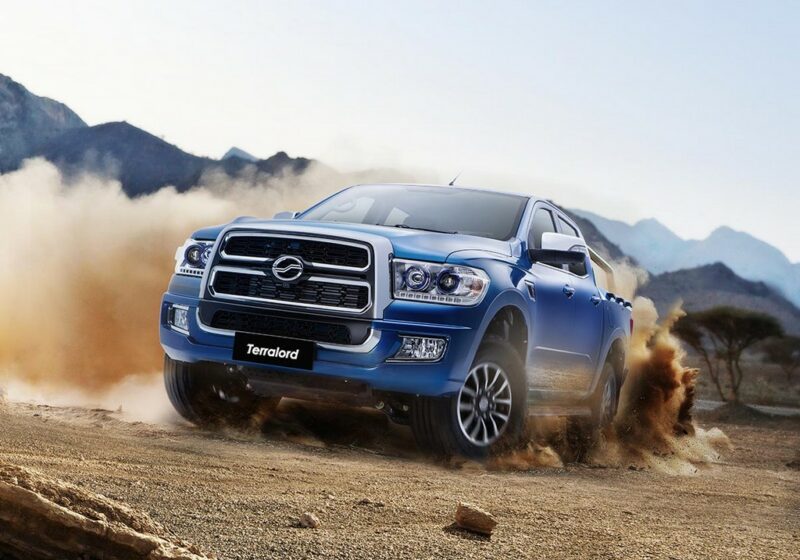
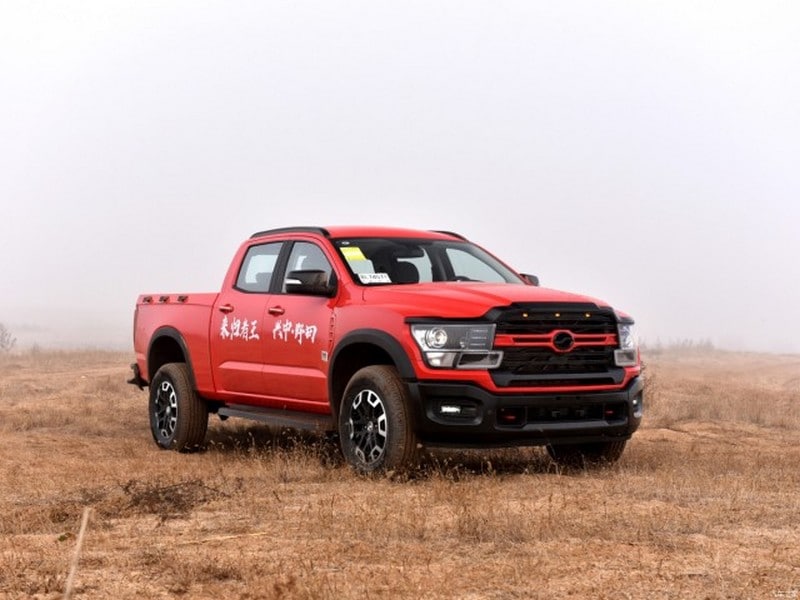
The return of Yang Rong
After losing the Yichang factory in June 2017, Zhongxing immediately starts a new passenger car project with yet another factory. This time it’s located in Rizhao, Shandong province. While under construction, the new factory is accredited dual production permits, meaning it may make trucks, buses, and passenger cars. The stillborn Runpard SUV is shown again as a potential future model. At the same time, Zhongxing is trying to bring the Urban Ark back to the market, now called Cross Van. The company also does some contract manufacturing for others, like car-sharing services.

And so, just when things finally seemed to quiet down for Zhongxing, a message appeared in the media. In April of this year, Hong Kong-based Zhengdao Group announced it had signed a memorandum of understanding with Zhongxing for the acquisition of 51% of the shares in the company. Zhengdao Group may be an unfamiliar name, but the English translation might ring a bell: Hybrid Kinetic Group.
After Yang Rong made his forced escape from his homeland in 2002 and settled in the United States, the first thing he did was contact a lawyer. He fought hard to get Brilliance back in his possession and filed lawsuits in the British Virgin Islands, China, and the USA. He lost all of them. In the mid-2000s he must have decided it was a dead-end street and progressed into new ventures. He participated for a while in the Sino-American electric car startup GTA Automotive, but in 2008 he set up a company of his own again: Hybrid Kinetic.
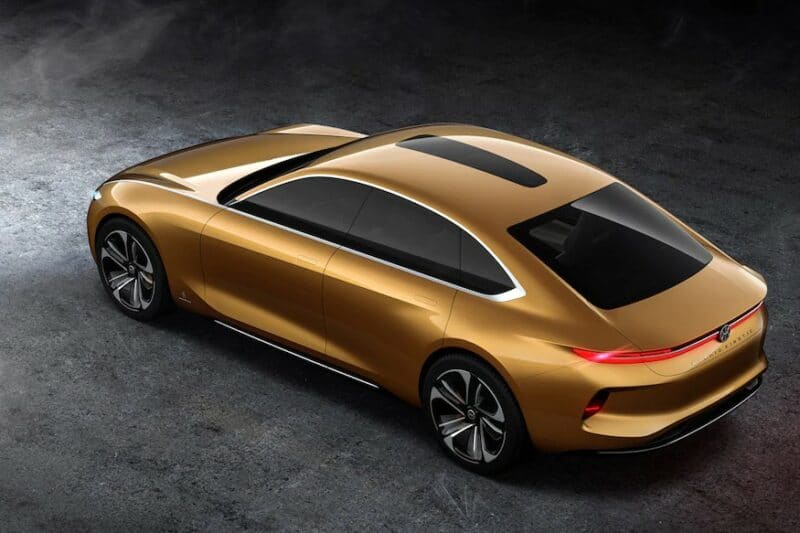
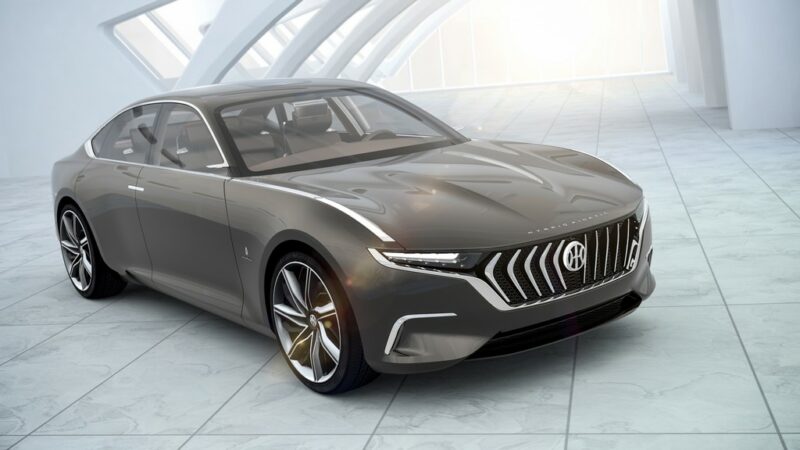
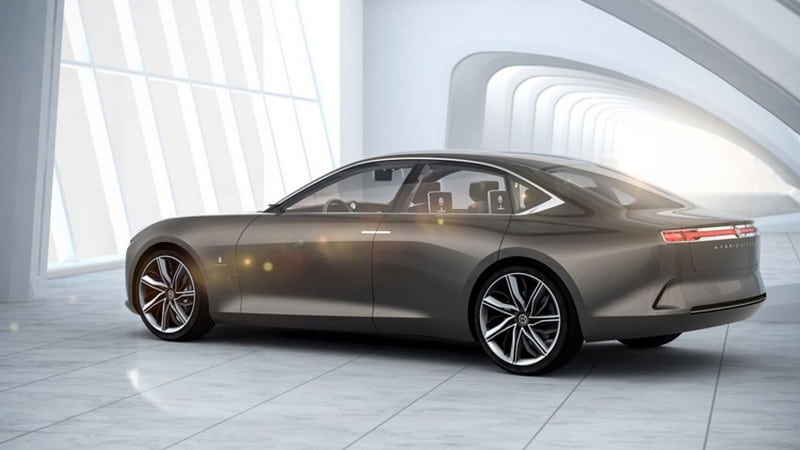

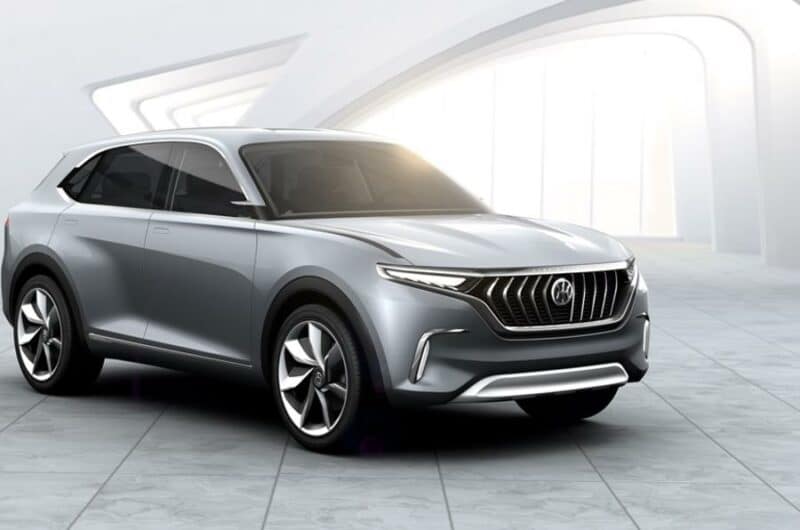
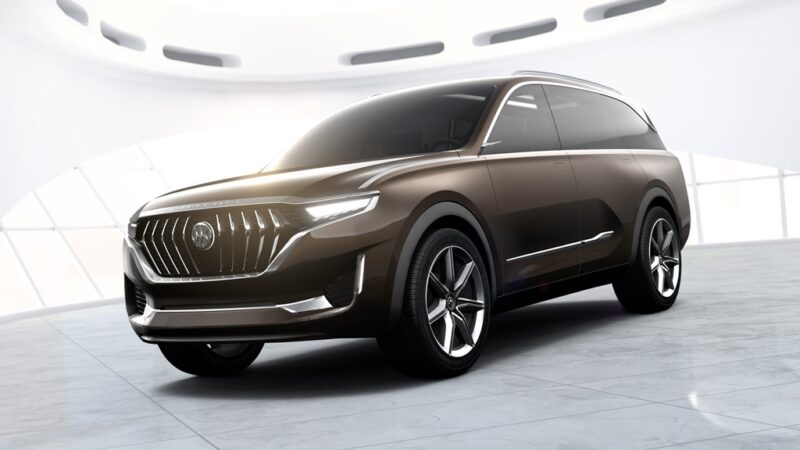
Hybrid Kinetic is incorporated in Bermuda, with Zhengdao in Hong Kong the holding for the Chinese market, where its main activities are. The company earns money with the sale of hybrid systems, electric motors, battery management systems, and electric buses (contract manufactured by Huanghai Automobile). In addition to that, it also has some interests in battery manufacturing and for the longer term, Hybrid Kinetic is involved in the development of a graphene battery. That’s all very nice, but in 2016 Hybrid Kinetic cooperated with Pininfarina, resulting in a series of concept cars. The impressive cars got worldwide attention, also because the battery-electric cars had a small turbine as a range extender.
Yang Rong’s old pal Xiao Wei is still the general manager of Zhongxing. Are the two men going to pull Zhongxing through another crazy rollercoaster ride, or is the stock announcement just an attempt to inflate the value of Zhengdao Group? Will Yang Rong return to China and make cars again? Zhongxing has the factory and the qualifications. Never a dull moment in the Chinese car industry.
Read more Automakers Stories
Every week we publish one exiting article about history of famous Chinese Automakers. Check the ones you haven’t read yet.
